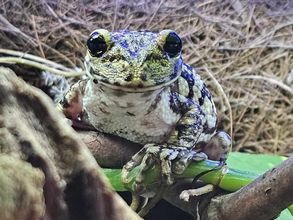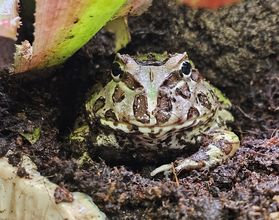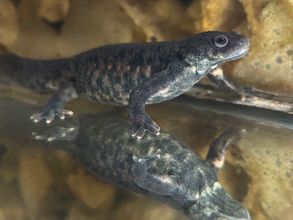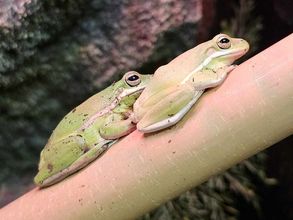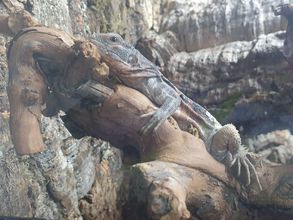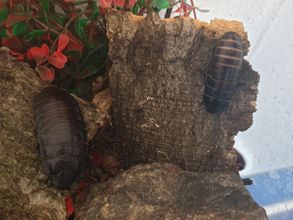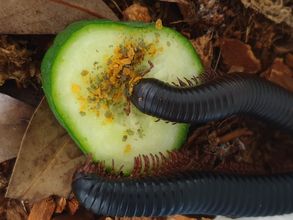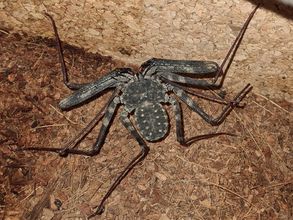The faculty at a glance
Faculty of Life Sciences
work Institutsgebäude
Talstraße 33
04103 Leipzig
Phone: work +49 341 97 - 36700
Fax: fax +49 341 97 - 36749
Dean of Studies
Prof. Dr. Immo Fritsche
Dean of Studies
Prof. Dr. Irene Coin
Dean
Prof. Dr. Marc Schönwiesner
Vice-Dean
Prof. Dr. Stefan Schmukle
Vice-Dean
Prof. Dr. Tilo Pompe
Deanery
Markus Lorenz
Talstraße 33, 04103 Leipzig
- Academic body in the Faculty of Life Sciences
- Centralised faculty bodies, Faculty of Life Sciences
- Institute of Biochemistry
- Institute of Biology
- Inter-institutional bodies, Faculty of Life Sciences
- Wilhelm Wundt Institute of Psychology
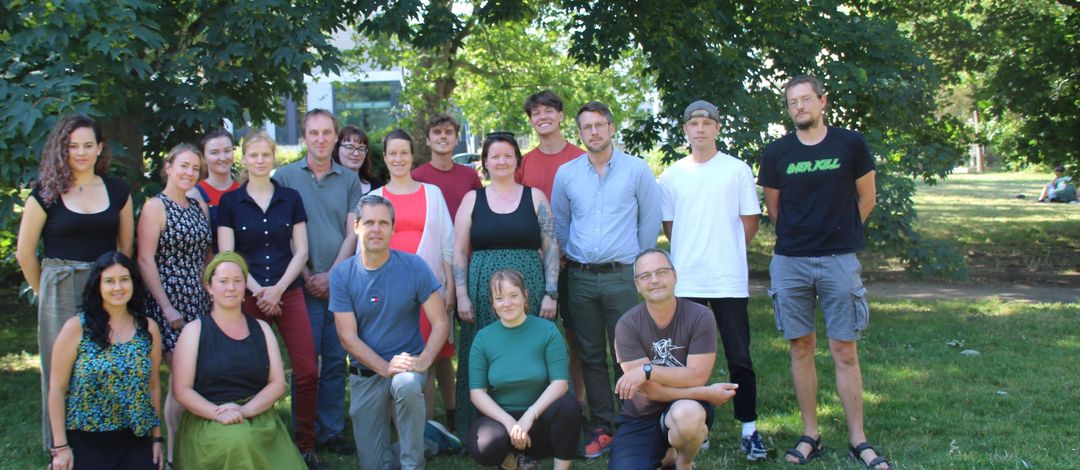
Molecular Evolution and Systematic of Animals
Team













